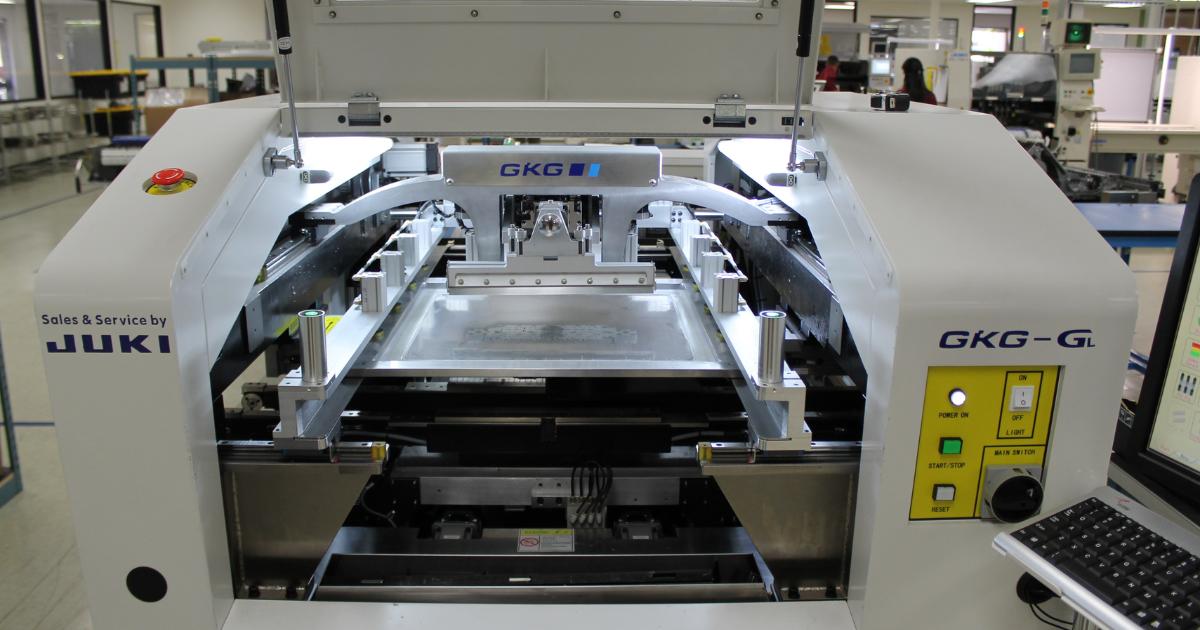
For a small PCB prototyping business intent on serving some of the best-known and most respected tech brands on the planet, quick turnaround is more than a marketing gimmick – it’s a promise. PCB prototype assembly is by no means a simple activity, and small, time-consuming hang-ups can turn into lost orders and angry customers in an industry where 48-hour turnarounds are the norm.
In order to be able to reliably produce results on such short time frames, PCB assembly plants need to optimize nearly every aspect of their workflow for speed and consistency. At the heart of this need is an inherent conflict between maximizing the assets and resources you already own or adding additional assets and resources to your environment.
Essentially, what fast-turnaround PCB assemblers want to know is whether they should hire additional help and make more use of their machines, or buy newer, better machines that may let them make the most of their current staff.
Before jumping into the issue of whether manpower or machine power really generates fast turnarounds, we need to be sure that the PCB planning system itself is already performing optimally. As William Ho asserts, component placement is the bottleneck of any PCB assembly line.
Essentially, that bottleneck is made up of two parts – component sequencing and feeder arrangements. PCB manufacturers need to choose the optimal sequence of components and then assign them to the appropriate feeders
There are nearly infinite ways that PCB component sequencing and feeder arrangements can be approached. Finding the truly most efficient solution is simply not feasible in a business context – not, at least, with current computational technology, and certainly not within a two-day timeframe.
PCB assemblers on a tight deadline use genetic algorithms to determine near-optimal planning systems without getting lost on the way to the “perfect” solution. While this is not a problem that can be solved with today’s technology, it’s important to remember that no current PCB assembly process is perfectly efficient. This becomes an increasingly complicating factor for high-volume PCB prototype companies.
Knowing that any given PCB assembly process must be less than perfectly efficient, we can turn to time constraints on workflow processes.
SMT machines are not plug-and-play devices. Even efficient machines require changeovers of at least an hour – if you run eight to ten setups a week, that means that you’re losing an entire day in production time every week.
Changeover times can become a massive drag on production, especially when dealing with tight turnarounds. Time, once lost, cannot be recovered, and every second of time saved boosts revenue.
Since SMT machines can encounter nearly infinite production possibilities on a single run, and are often tasked with making multiple runs per day, any changeover time is downtime. As UIC shows in a simple set of graphs according to SMT machine revenue generating time, every second counts – an hour of downtime for a line that generates $10 million yearly costs $5000.
While there are always ways to improve the efficiency of a PCB assembly line, there is no way to account for $5000 in unnecessary losses. Considering that some SMT machines can take up to four hours to set up for a single run of a prototype PCB, making the most of each workday is by far the better option.
Moreover, installing additional production lines does not affect the productivity of each individual line. While it may appear to improve PCB assembly turnaround, adding more lines and workers may cost more than its worth if overall production volume doesn’t also increase. For this reason, keeping workers late or even hiring an extra shift is by far the better option.
Maximizing the amount of time that each machine can run is the best way to ensure efficiency on short-turnaround PCB assembly projects. Finding workers willing to put in overtime – or hiring an entire night shift – is one of the best ways to ensure that you consistently meet assembly deadlines and minimize downtime.
Green Circuits specializes in the quick, professional assembly of PCB prototypes. We operate both day and night shifts in order to offer 24-hour turnaround times for incoming projects.
For more information, visit www.greencircuits.com.